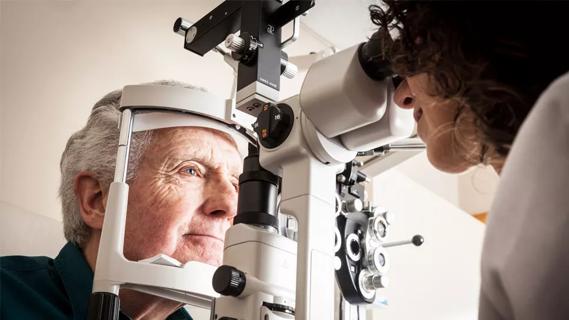Advertisement

Tissue remnants seem unrelated to clinical outcome

A new online calculator can determine probability of melanoma

Flaps, blebs and other surgical options

Therapies include steroid implants, immunomodulation and biologics
Advertisement
Cleveland Clinic is a non-profit academic medical center. Advertising on our site helps support our mission. We do not endorse non-Cleveland Clinic products or services. Policy

A primer on sustained release options

Study explores association between sleep aid and eye disease

Skin conditions could indicate risk of complication after surgery for retinal detachment

New study counters earlier findings linking drugs with eye disease

Review shows that the disease isn’t only in young women with obesity

Only 33% of patients have long-term improvement after treatment
Advertisement
Advertisement